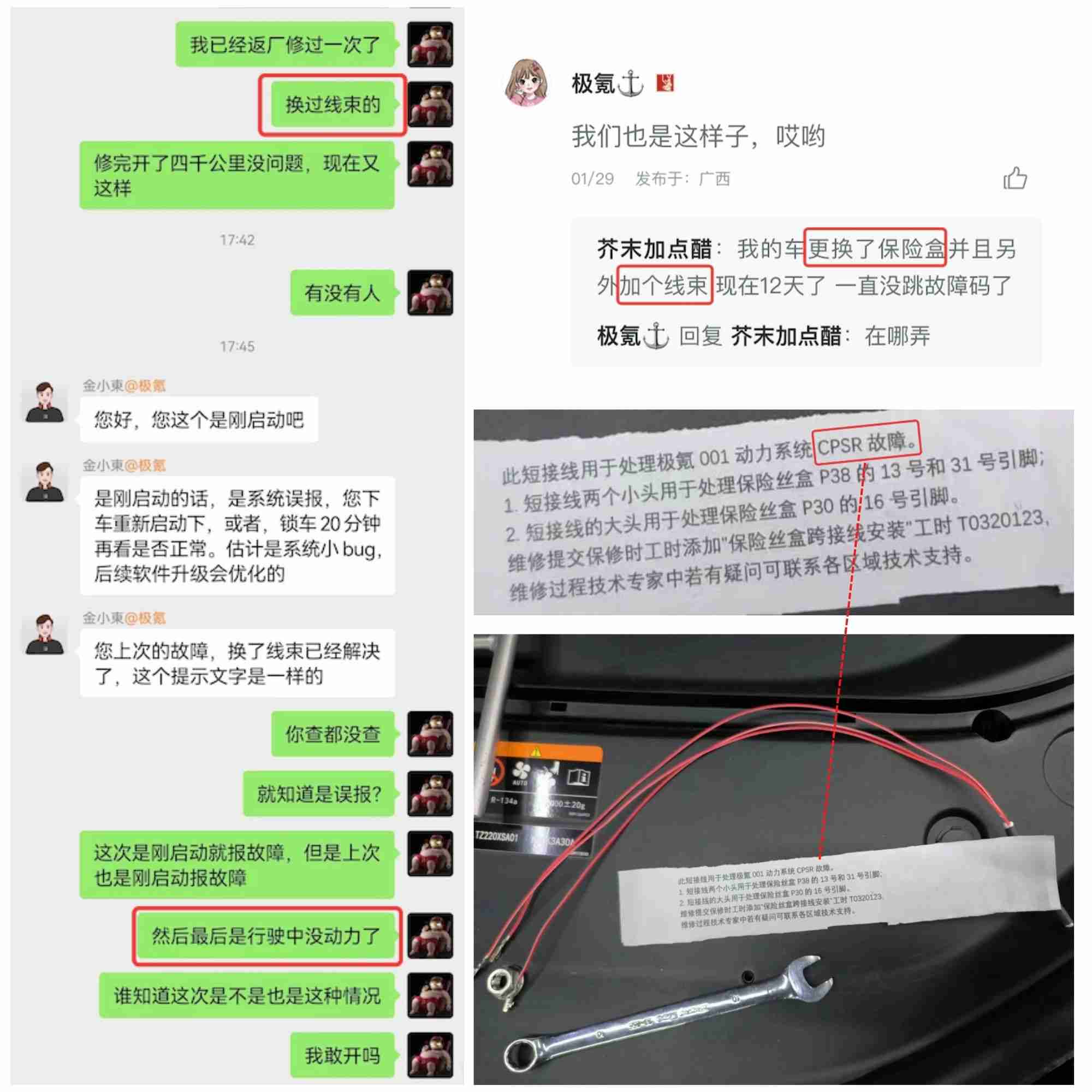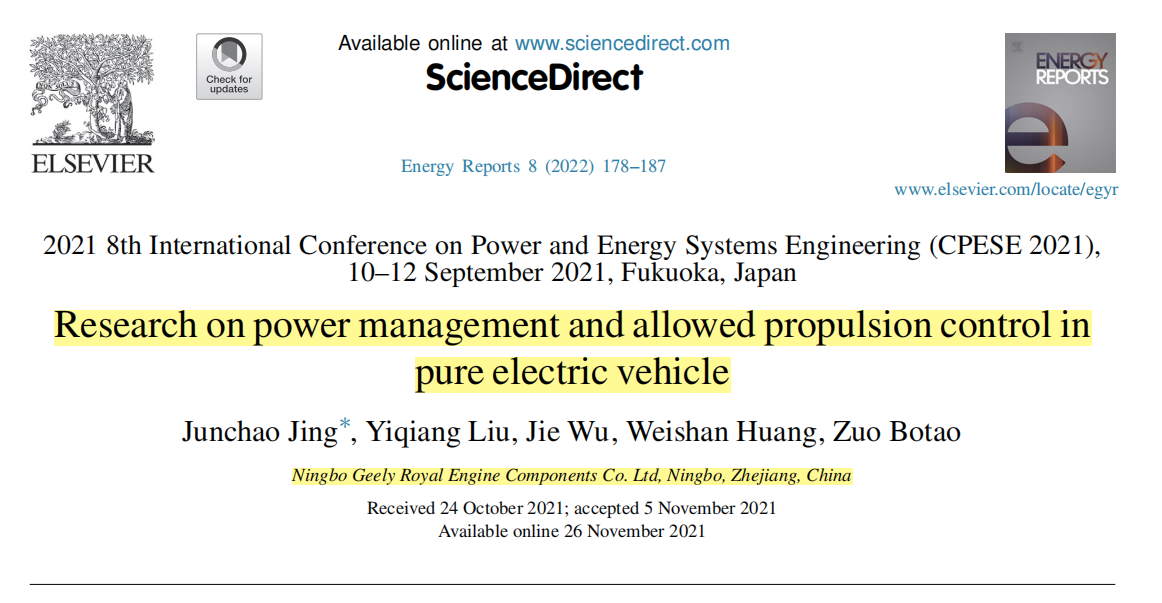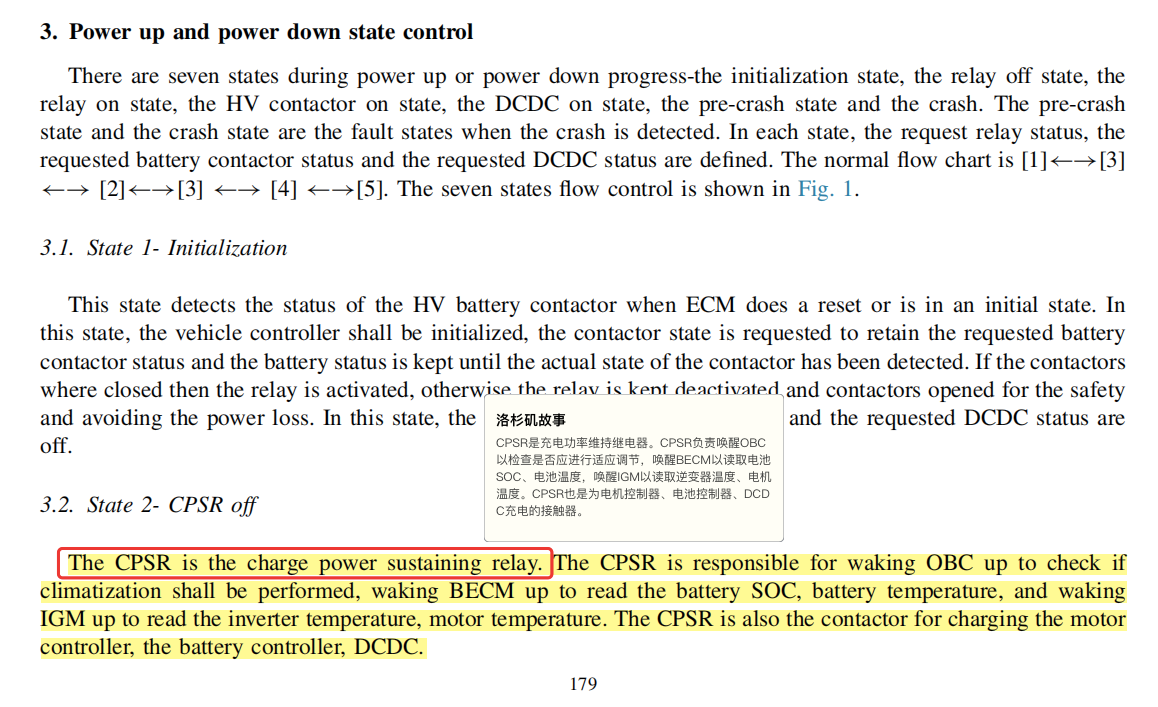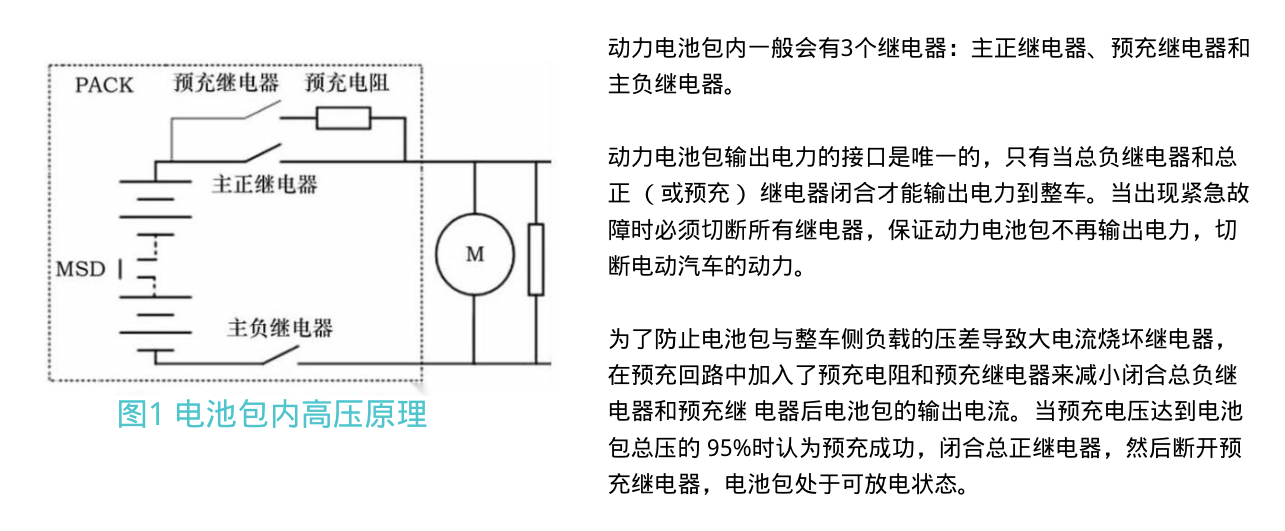How to Deal with Power System Failure on JiKe 001?
So far, the official solution to the problem is not yet clear. However, according to feedback from car owners, there have been over 100 cases of power system failure out of 80,000 units. The most serious cases involve replacement of the entire power battery or motor, although this is very rare (known cases are less than 10), and most commonly the problem is solved by simply turning the power back on (at least 90% of the cases).
What are the causes of power system failure? How can we solve this problem? Should we go to after-sales service for inspection? Is it a common problem for all new energy vehicles or only for JiKe?
With these four questions in mind, I have researched some papers and compiled this article as a reference for JiKe car owners who may encounter similar problems in the future.
1. What are the causes of power system failure?
According to statistics, the first group of car owners report failures after charging or when starting the car, while the second group report failures while driving, with some cars even suffering from power loss and stopping in the middle of the road.
At first glance, “power system failure” suggests that the motor is the problem. Many car owners initially thought so, but public information shows that reported failures come from both 日电产 and 威睿, and that most of the solutions did not involve replacing or repairing the motor, but rather troubleshooting with and repairing the power battery. Therefore, the more common cause is problems with the power battery.
As for the specific cause, it is very complex. The electronic circuit design of the power battery is very complicated, and there are many possible directions for troubleshooting, given that there are many relays and fuses in the vehicle.
Nevertheless, while many details are still unknown, we can infer the source of the problem from the current after-sales repair methods. The known after-sales solutions include: 1. Reconnect the power, 2. Replace the low-voltage fuse box, 3. Replace the wiring harness, and 4. Addressing the CPSR failure by temporary short-circuiting.
Therefore, combined with the troubleshooting ideas of power battery unable to power on, three common reasons can be analyzed:
- Low-voltage fuse in the fuse box tripped.
- The power supply harness of VCU (vehicle control unit) is disconnected.
- CPSR relay issue.
The solution to 1 and 2 is to replace the low-voltage fuse or harness in the aftermarket. It is easier to understand because if the circuit is broken, it can only be repaired by replacing it with a new one.
As for the first type of problem mentioned above (the vehicle reports a fault when charging or starting in cold weather), the issue with the CPSR relay is the most likely one. An article from Ningbo Geely Loyo Engine Components Co., Ltd. provides a clear explanation on CPSR:
CPSR (Charge Power Sustain Relay) is a relay that maintains the charging power. CPSR provides charging for many electronic components, including motor controllers, battery controllers, and also includes pre-charge relays (one of the keys to whether the power battery is allowed to be charged).


Therefore, the after-sale service mentioned that the voltage is unstable, and it is indeed possible that some relays that rely on CPSR power self-test (such as pre-charge relays) cannot pass the test. For safety reasons (to avoid damaging more important electronic components), the power battery is not allowed to power on.

In plain language, the power battery is a high-voltage system. Directly powering it on will break down many electronic components. Therefore, relays and fuses are used as protective measures. When some relays fail or fuses trip, the power battery cannot be powered on, causing the power system to report a fault.
As for the official after-sale service insisting on system misreporting and waiting for OTA, I don’t think it can reasonably explain this phenomenon. This issue has been occurring continuously since the 3.0 version update, and with the increase in delivery volume, more and more feedback has been received. Therefore, software problems are temporarily ruled out.“`
2. What if the problem occurs?
For more than 90% of the cases, the problem is caused by CPSR relays, and it can be solved by restarting the power battery.
However, it should be noted that restarts can actually be divided into two types. In general, one is a car system restart, and the other is a power battery restart.
The car system restart is easy to understand. You can think of it as restarting the computer on the car screen. It is powered by low-voltage electricity and is not related to the high-voltage power battery.
The correct way to restart power battery is to shift into P gear, get off the vehicle, lock the door, and then reopen the door.
Many car owners solve the problem in this way. I guess the principle is to cut off the high-voltage electricity of the battery, let it power up again, which is equivalent to a restart.
If this operation does not work, then follow what the after-sales said, lock the door and wait for more than 15 minutes, then reopen the door.
If it still doesn’t work, congratulations, it may be a fuse or wiring harness melting, or the motor has problems. Contact the official after-sales as soon as possible to go to the store for inspection and replacement.
3. Should I go to the after-sales for inspection?
If this power system failure occurs, should you go to the after-sales for inspection?
If the restart mentioned above can solve the problem, it is not necessary to go to the after-sales. In most cases, it will not affect the use of the car, only occasional voltage instability.
However, if this problem occurs frequently or cannot be restored at all, or affect the driving, then you must go to the after-sales.
4. Is the power system fault a common problem for all new energy vehicles or just for Zeekr?
In fact, not only Zeekr, but also Tesla, BYD, NIO, XPeng, and almost all new energy vehicles have this type of failure. There are also many news on the Internet, it is a common problem for all new energy vehicles.
And to trace the root cause, the power battery for Zeekr 001 is made by Ningde Times and XW Power. Is it reasonable to blame Zeekr? This requires professional definition.
But after all, it is a very small probability (zero point one percent) problem, and we don’t need to worry too much. I believe that after reading this article, you can have a bottom in your heart.
(Additionally, the official has announced that this issue will be improved in OS4.1 version, specific situation need to be continuously observed)
“`
References
[1] Bu F, Liu M. Application of Relay Control and Diagnosis in Power Battery Pack of Electric Vehicle[J]. Automotive Electric, 2020(4):3.
[2] Jing J, Liu Y, Wu J, Huang W, Zuo B. Research on Power Management and Allowed Propulsion Control in Pure Electric Vehicles. Energy Reports 8 (2022) 178-187.
[3] Principles and Maintenance Teaching Plan of Electric Vehicle Structure (Part One) https://www.renrendoc.com/paper/214568086.html
This article is a translation by ChatGPT of a Chinese report from 42HOW. If you have any questions about it, please email bd@42how.com.
